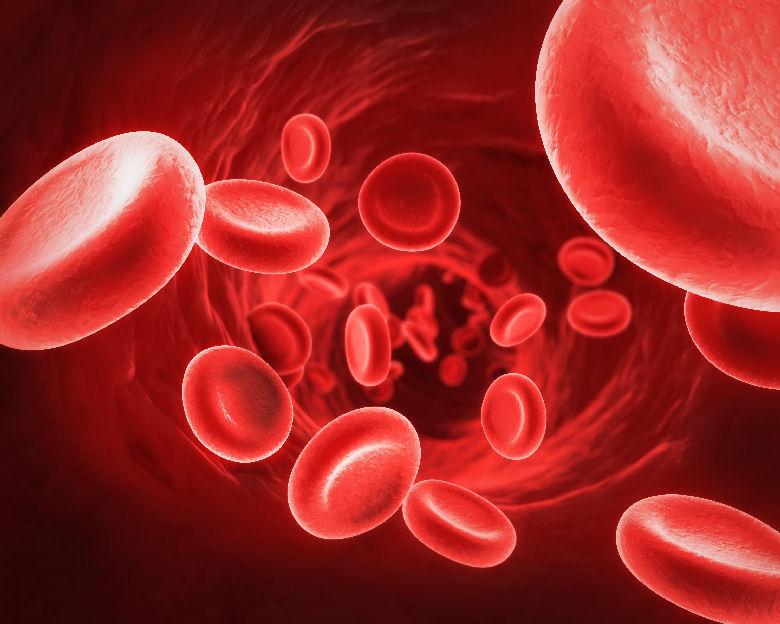168.HOW DOES THE BODY MAKE BLOOD CELLS?
In the body of an adult human being, there are about six litres of blood. Floating about in this liquid there are approximately 25 billion blood cells!
It is almost impossible for us to imagine such a tremendous quantity, but this might give you an idea. Each blood cell is so tiny that it can only be seen under a microscope. If you could make a string of these microscopic cells, that string would go four times around the earth!
Where do these cells come from? Obviously, the “factory” that turns out such an enormous quantity of cells must have amazing productive power—especially when you consider that sooner or later every one of these cells disintegrates and is replaced by a new one!
The birthplace of the blood cells is the bone marrow. If you look at an opened bone, you can see the reddish-grey, spongy marrow in the cavity of the bone. If you look at it under a microscope, you can see a whole network of blood vessels and connective-tissue fibers. Between these and blood vessels are countless marrow cells, and the blood cells are born in these marrow cells.
When the blood cell lives in the bone marrow, it is a genuine cell with a nucleus of its own. But before it leaves the bone marrow for the blood stream, it loses the nucleus. As a result, the ripe blood cell is no longer a complete cell. It is not really a living structure any longer, but a kind of mechanical apparatus.
The blood cell is like a balloon made of protoplasm, and filled with the blood pigment hemoglobin, which makes it red. The sole function of the blood cell is to combine with oxygen in the lungs, and to exchange the oxygen for carbon dioxide in the tissues.
The number and size of the blood cells in a living creature depend on its need for oxygen. Worms have no blood cells. Cold-blooded amphibians have large and relatively few cells in their blood. Animals that are small, warm-blooded, and live in mountainous regions have the most blood cells.
The human bone marrow adapts itself to our needs for oxygen. At high altitudes, it produces more cells, at low altitudes, less. People living on a mountain top may have almost twice as many blood cells as people living along the seacoast!



Leave a Reply